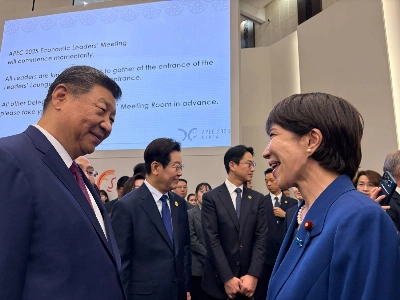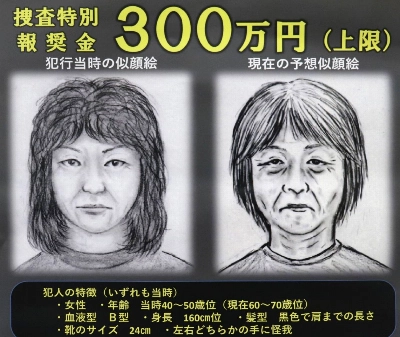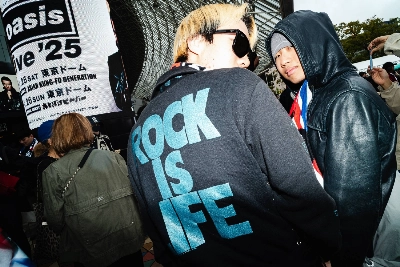The other day we came across this blog post reporting on misleading marketing by an American company called Banzai with regard to the photographs it uses on its packaging. It's a common complaint: Products always look larger — or, at least, better — in the promo materials than they do in reality.
It struck a nerve since we had just taken advantage of a limited campaign for cut-price takeout sushi from a certain national chain. In the flyers for the campaign, which continues through Jan. 20, the food looks particularly inviting, and among the things we ordered was the ¥590 Hokkaido-style chirashi sushi, a tray divided into three sections, each of which contained a bed of rice covered with various toppings. In the store display case it seemed equal to the size indicated in the ads, which even included the exact width and length of the box in millimeters, but once we got it home and dug in we discovered that what looked OK in two dimensions was deficient in the third. The layer of rice in all three compartments was barely three grains thick. This is a marketing trick called soko-age, or "raising the bottom."
Of course, we should have guessed that ¥590 was way too cheap for anything labeled "sushi," especially since chain sushi restaurants have a reputation for skimping. The neta, or slice of flesh that goes on the top of the ball of rice, tends to be thinner than it appears to be in the display cases and advertisements, which are always careful to point out that the photos provided are only "images," a vague enough word in English but when used in Japanese is usually closer in meaning to "imagination."

















With your current subscription plan you can comment on stories. However, before writing your first comment, please create a display name in the Profile section of your subscriber account page.